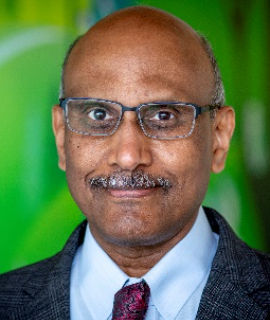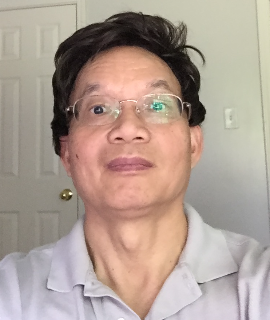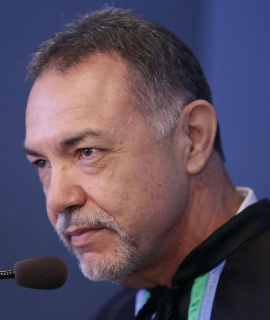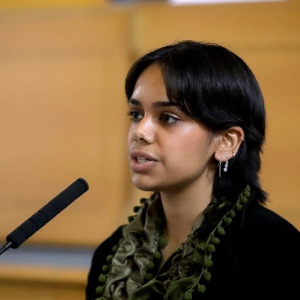Ependymoma
Ependymoma, a rare type of brain or spinal cord cancer, presents complex challenges in both treatment and prognosis. Cancer research endeavors are actively exploring novel avenues to comprehend its underlying biology and enhance therapeutic approaches. Investigations into the intricate molecular pathways driving ependymoma formation are underway, aiming to identify potential targets for tailored interventions. Moreover, advancements in imaging technologies are facilitating early detection and precise surgical interventions, thereby optimizing patient outcomes. Promising directions in research encompass immunotherapy, targeted therapies, and innovative combination treatments, offering a beacon of hope for improved efficacy and reduced invasiveness. The collaborative synergy among clinicians, researchers, and pharmaceutical entities propels forward momentum in ependymoma research, with the ultimate goal of elevating survival rates and enhancing the quality of life for affected individuals.

Rajvir Dahiya
University of California San Francisco, United States
Atif A Ahmed
University of Washington-Seattle Children’s Hospital, United States
Anyou Wang
DIFIBER LLC, United States
Paulo Cesar De Morais
Catholic University of Brasilia, Brazil
Allen Chen
Olympic Medical Center, United States
Shilpa S Dhar
UT MD Anderson Cancer Center, United States



Title : A novel blood-based mRNA genomics technology for cancer diagnosis and treatment
Rajvir Dahiya, University of California San Francisco, United States
Title : tRNA-derived fragment 3′tRF-AlaAGC modulates cell chemoresistance and M2 macrophage polarization via binding to TRADD in breast cancer
Feng Yan, The Affiliated Cancer Hospital of Nanjing Medical University, China
Title : Integrating single-cell and spatial transcriptomics to uncover and elucidate GP73-mediated pro-angiogenic regulatory networks in hepatocellular carcinoma
Jiazhou Ye, Guangxi Medical University Cancer Hospital, China
Title : Unveiling the synergism of radiofrequency therapy and graphene nanocomposite in tumor cell viability assay
Paulo Cesar De Morais, Catholic University of Brasilia, Brazil
Title : Analysis of the dynamic evolution and influencing factors of nutritional risk in breast cancer patients during treatment
Jingwen Yan, Sun Yat-sen University, China
Title : Integrative multi-omics reveals metabolic–stemness coupling and novel therapeutic targets in osteosarcoma chemoresistance
Jinyan Feng, Tianjin Medical University Cancer Institute and Hospital, China